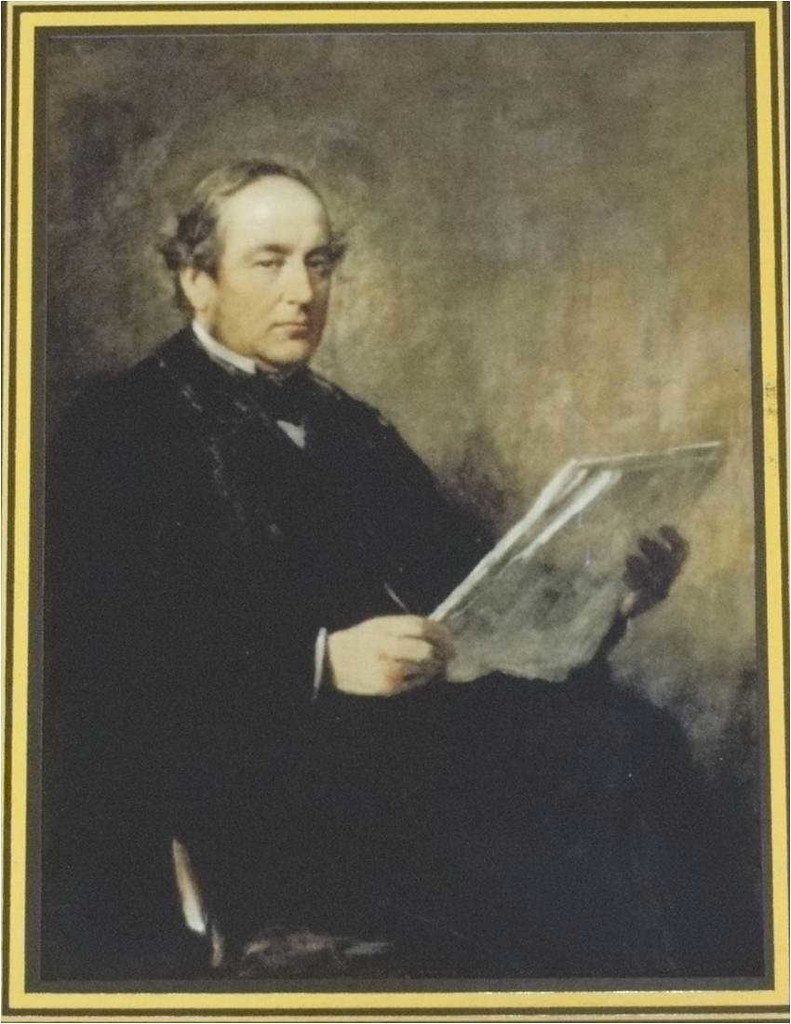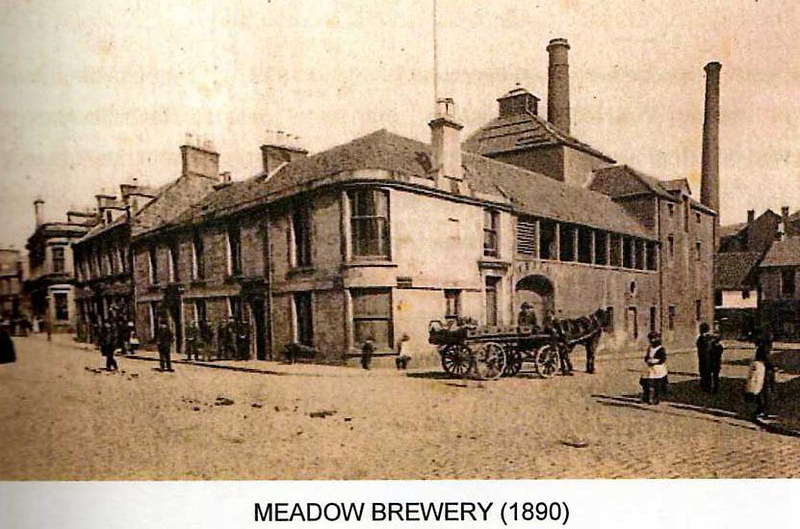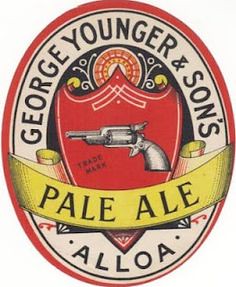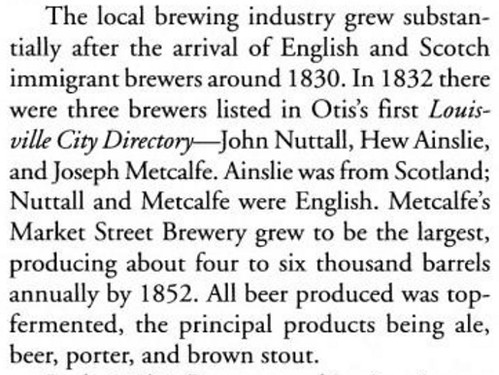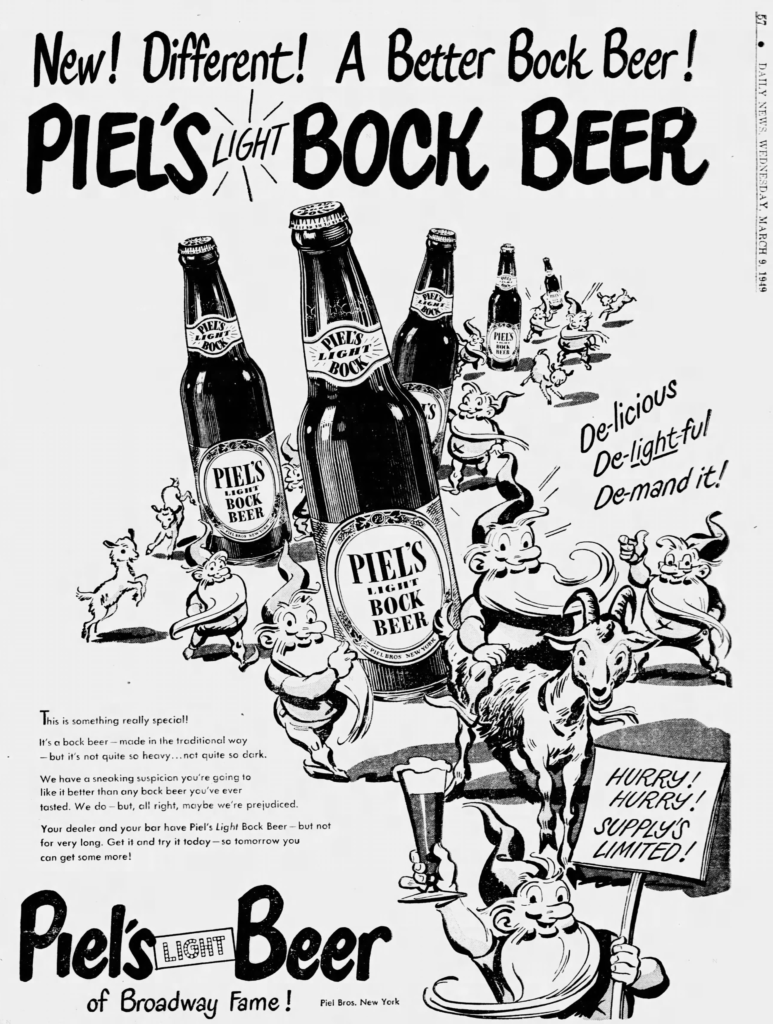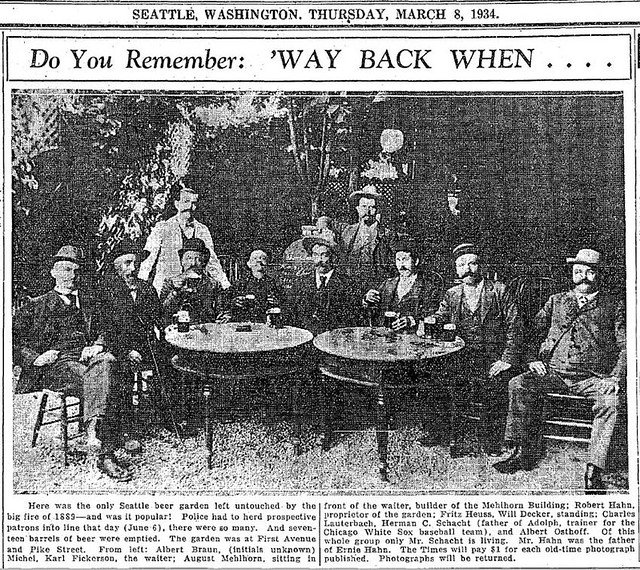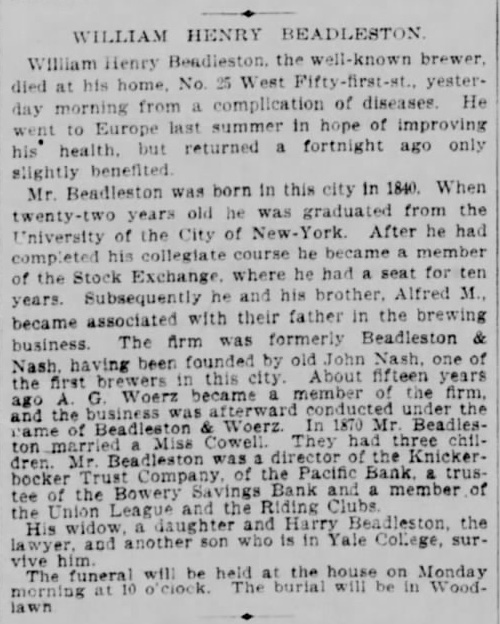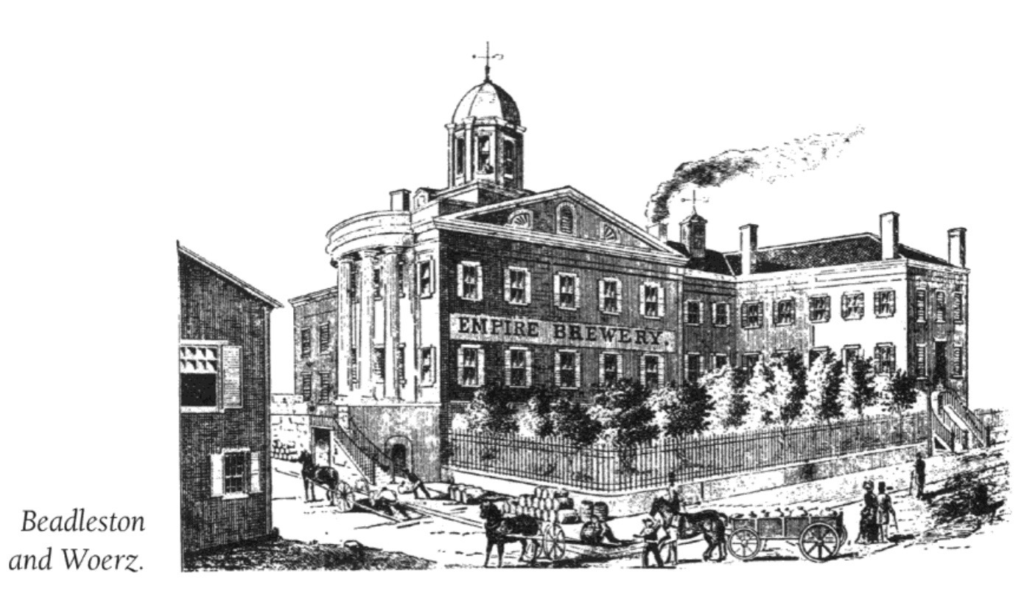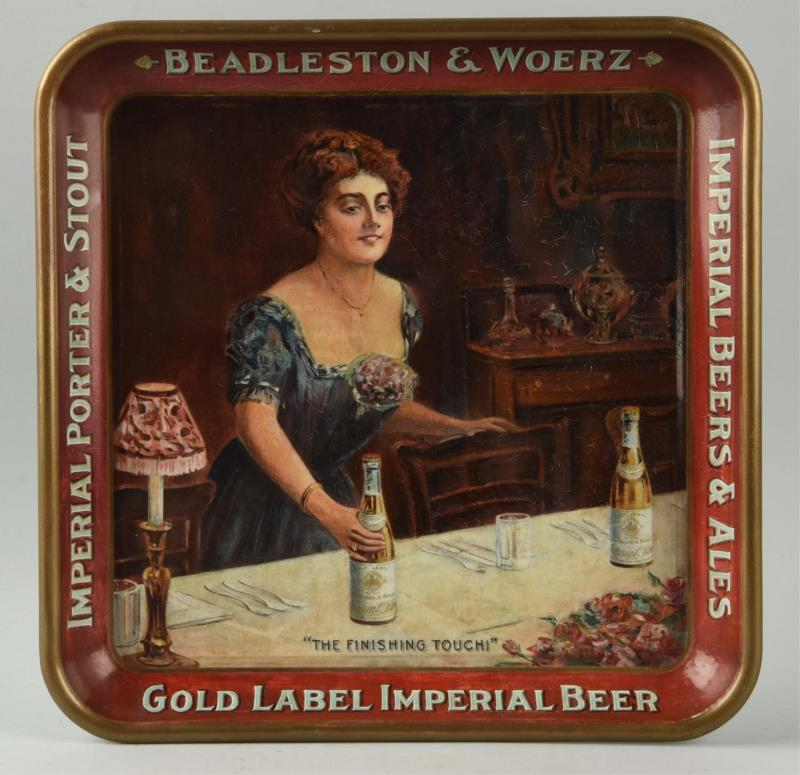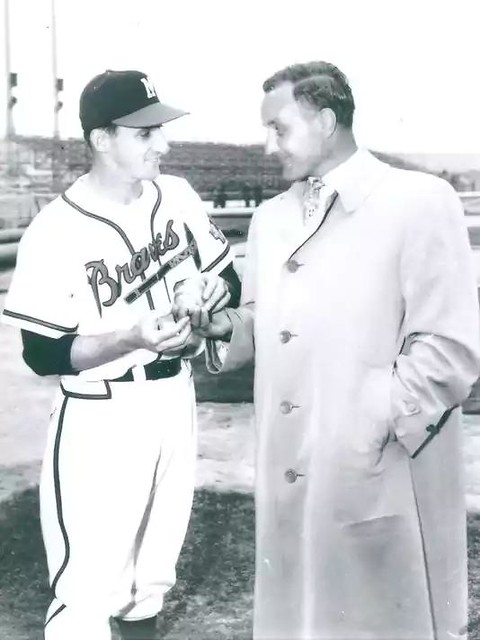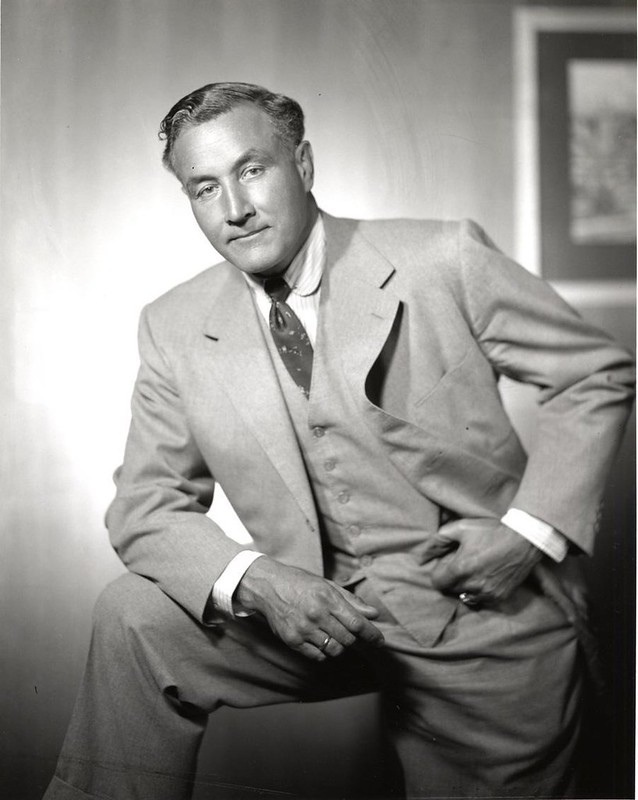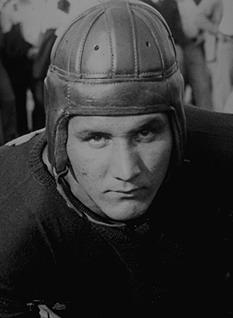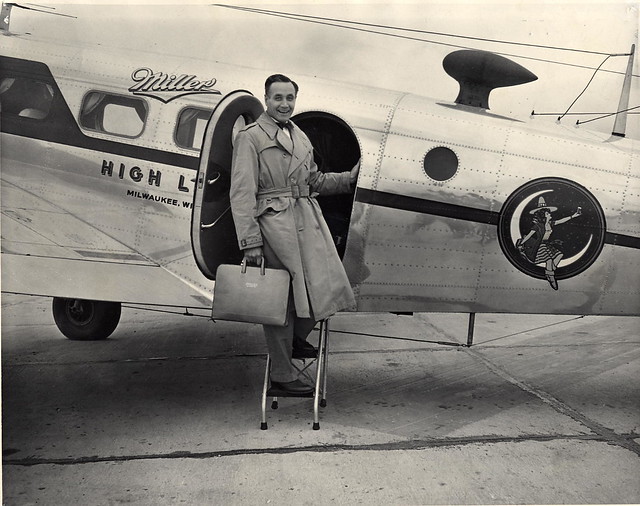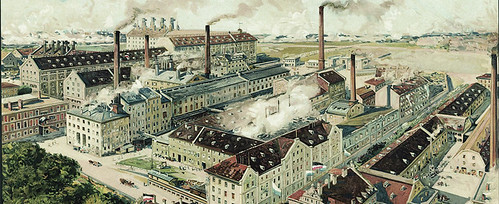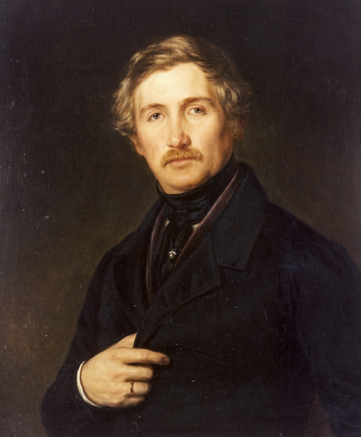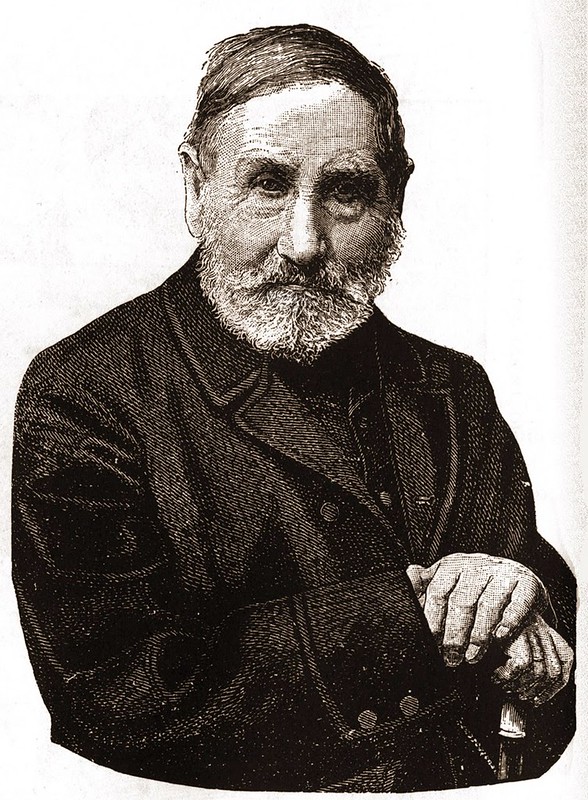
Today is the 46th birthday of Jeff Bell, whose alter ego was, until over a decade ago, Stonch, once one of England’s best bloggers. He retired from blogging to concentrate on his new job as landlord of a London pub, The Gunmakers, in Clerkenwell, a village in the heart of London. I stopped by to meet Jeff on my way back from a trip to Burton-on-Trent years ago. And several years back, I saw Jeff several times during GBBF week. But later, the blogging started up again, and he moved on from that pub, and for a time he was the landlord of the Finborough Arms in Earl’s Court, next to the Finborough Theatre, but he’s moved on from there, and for awhile was tramping around Italy as an “Englishman living in Tuscany.” But he’s back in England, and has taken up residence in the East Sussex town of Rye as the publican and proprietor of the Ypres Castle Inn, at least that’s the last I heard. Join me in wishing Jeff a very happy birthday.

Jeff Bell, a.k.a. Stonch, at The Gunmakers Pub in central London.
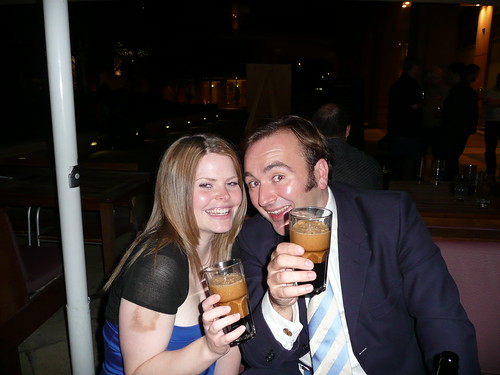
With a Gunmaker’s bartender at the British Beer Writers Guild event before the start of the Great British Beer Festival in 2009.
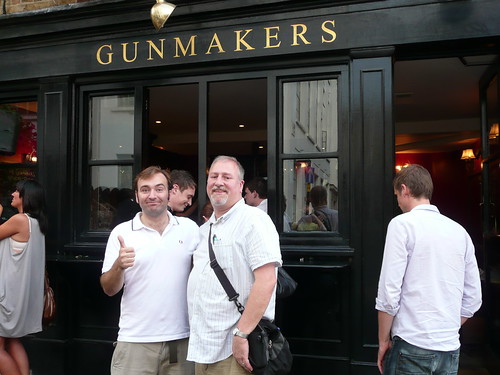
In front of Gunmaker’s in the summer of 2009.
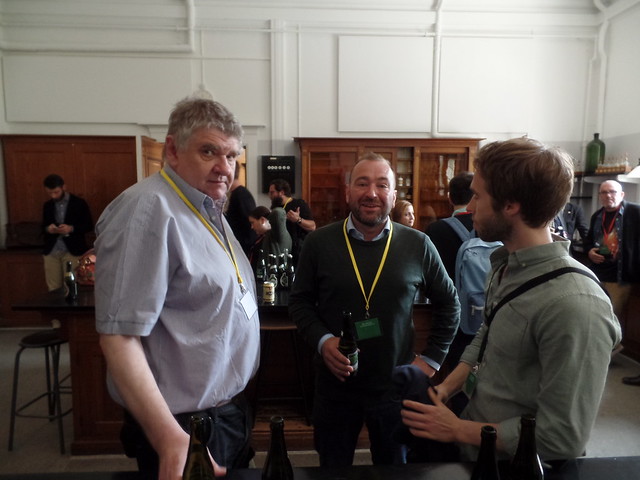
Ron Pattinson, talking with Jeff and Mark Dredge at the Carlsberg Laboratories in Copenhagen a couple of years ago.
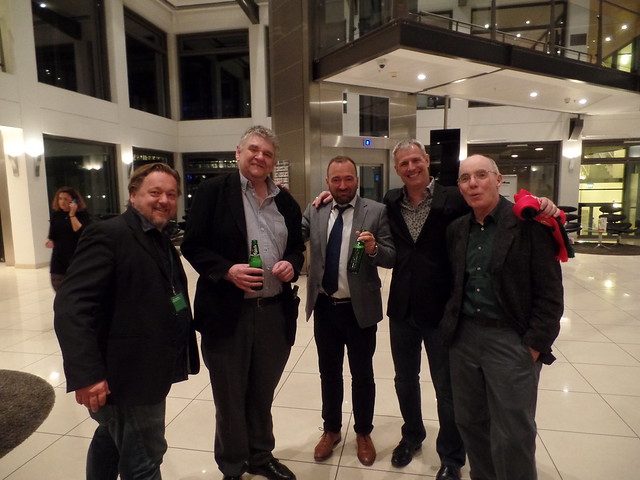
Leaving Copenhagen; Pete Brown, Ron Pattinson, Jeff, Stephen Beaumont and Stan Hieronymus.

